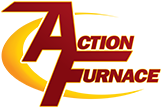The weather in Alberta isn’t always predictable. But one thing we can always count on is a brutal cold snap (or two) during the winter. While a few...
The weather in Alberta isn’t always predictable. But one thing we can always count on is a brutal cold snap (or two) during the winter. While a few enjoy it, most of us just try to get through to warmer days.
Booking a furnace tune-up is a great start, but what else can you do to keep your home warm all season? When it comes to staying cozy, the little things add up. Applying a few simple and inexpensive techniques can help your heating efficiency.
Efficient home heating means lower energy bills through the (lengthy) winters. And always make sure to take care of any furnace repairs before the white stuff hits the ground.

1. Change Your Furnace Filter
Replacing your furnace air filter is a great place to start when prepping your home for an Alberta winter. A clogged air filter will have your furnace working double-time to keep up with your heating needs. With that kind of workload, your furnace is less efficient.
In the worst cases, restricted airflow may cause your furnace to break down, which is the last thing you need in the dead of winter.
Generally, you should be changing your furnace’s air filter every 90 days. This keeps your system running smoothly and your energy costs down. This is first on the list because your furnace is critical during our harsh winters and needs to be in top shape.

2. Seal Your Windows With Plastic
Use plastic wrap to cover your windows during the cold months. It may not look like much, but the air between the plastic and your window acts as an additional insulator. This is an excellent trick if you’re losing heat through your windows. Older houses with single-pane windows will benefit from this, particularly.
Use clear plastic so that natural light is still able to get in. Kits from 3M are designed to be transparent once applied, so you don’t lose the ability to see outside. If you’d prefer not to have plastic on your windows in high-traffic rooms, that’s understandable. However, this is a tremendous way to keep the cold out in seldom-used areas.
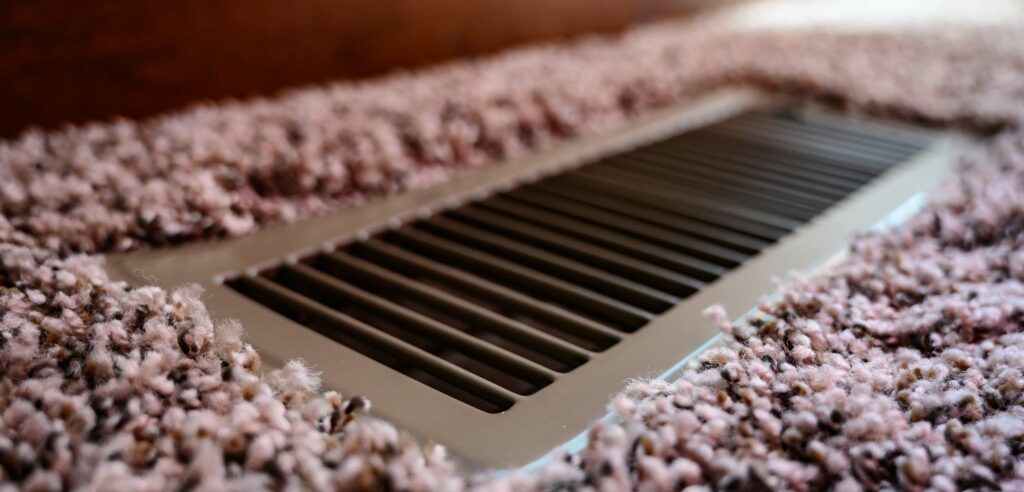
3. Don’t Block Heat Registers & Vents With Furniture
When the weather starts to cool, take some time to inspect your heat registers and vents. Blocked vents will have a negative impact on the heating efficiency of your home. Make sure to keep wall vents uncovered, too, if your home has them.
A couch on top of a register, for instance, will absorb much of the heat coming through. While the sofa itself might be nice and toasty, the rest of the house is losing out on that warmth.
If one or more vents or registers are blocked, your furnace will be straining to keep the thermostat happy. Consider rearranging your furniture to allow heat to access the space properly. It’s a small change that could make a big difference this winter.
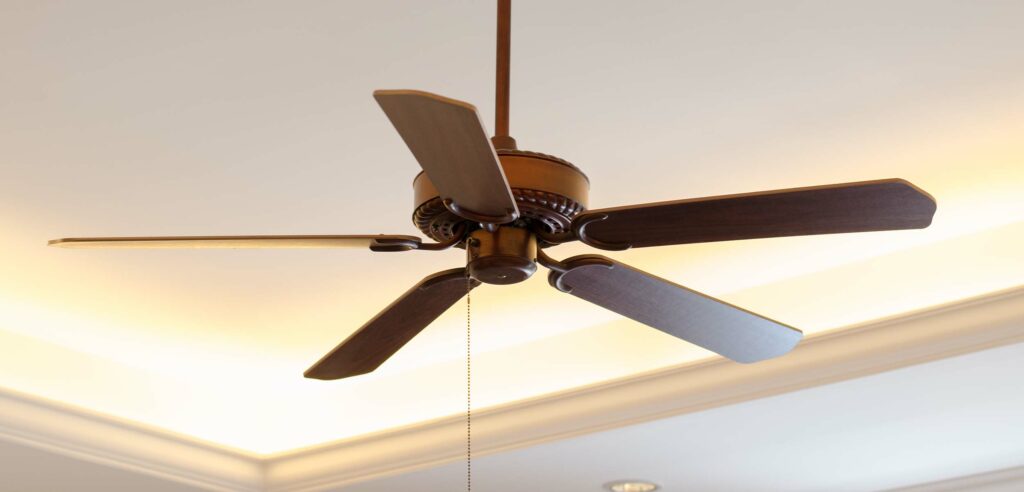
4. Reverse Your Ceiling Fan
Ceiling fans are lovely during the summer months to improve airflow and keep you cool. You may not know they can be just as helpful during the winter.
Warm air from your heating system rises to the ceiling while cold air falls, making you feel like your feet are freezing. Try reversing the direction of your ceiling fan. This will draw the colder air upwards and allow warmer air to circulate down to the floor, where your family spends most of their time.
Remember to keep the fan at its lowest speed while in reverse. Otherwise, the fan may create too much airflow and cool the room. You’re here to warm your home, not make it colder!

5. Try a Programmable or Smart Thermostat
A great way to cut down energy costs during the harsh winter months is by installing a programmable thermostat. It’s an energy-efficient alternative to having your furnace working tirelessly to maintain warmth, even when you don’t need it.
Instead, you can set your thermostat to automatically change throughout the day. Lower settings for when you’re away and higher settings in the evenings and on weekends. A lower setting at night is another perk for those who like to sleep in a cooler environment.
Take your heating efficiency a step further by upgrading to a smart thermostat. These devices make their own decisions about when to increase heating in your home based on your activity patterns.
The most advanced thermostats are wifi-enabled and linked to your smartphone. These models use geofencing to start heating your home only once you’re close enough to enjoy a toasty arrival.
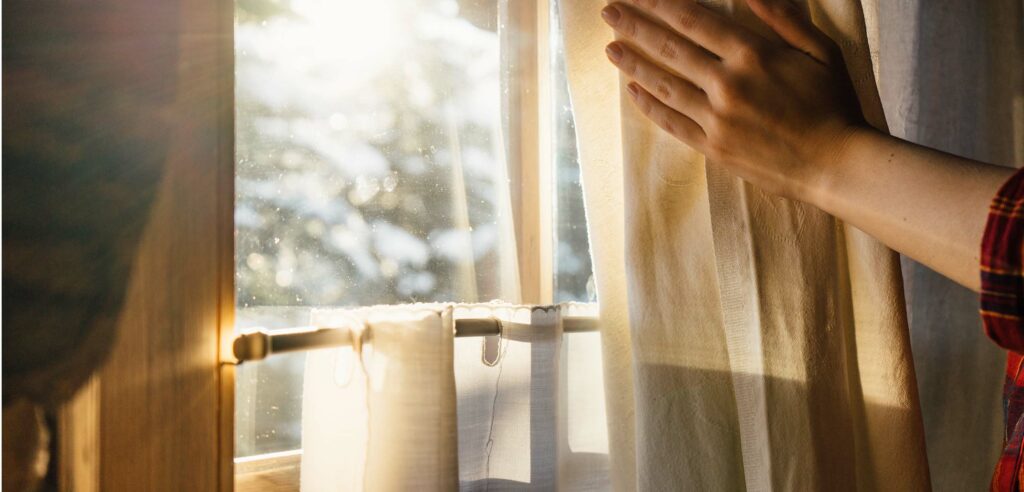
6. Your Curtains Can Help
This simple but effective way will let some warmth inside while keeping frigid air out. Even during an Alberta cold snap, south-facing windows allow sunlight in during the day. Increase your heating efficiency and take advantage of the free warmth by opening your curtains and blinds while the sun is up.
Once the sun goes down, keep your curtains closed as tightly as possible. Even the highest quality windows aren't 100% cold air resistant. You may be surprised how well your curtains stop heat from escaping and prevent cold air from infiltrating your home.

7. Keep Unused Rooms Closed
Make sure to close doors to unused rooms in your house. You can also close off the vents or registers in these spaces for added heating efficiency. The idea is to contain and direct generated heat to the rooms you actually use.
Areas like storage rooms, extraneous bathrooms, and guest bedrooms do not need the same level of heating year-round. But if you have guests, you’ll want to open up those heat vents, or they might get a little upset.
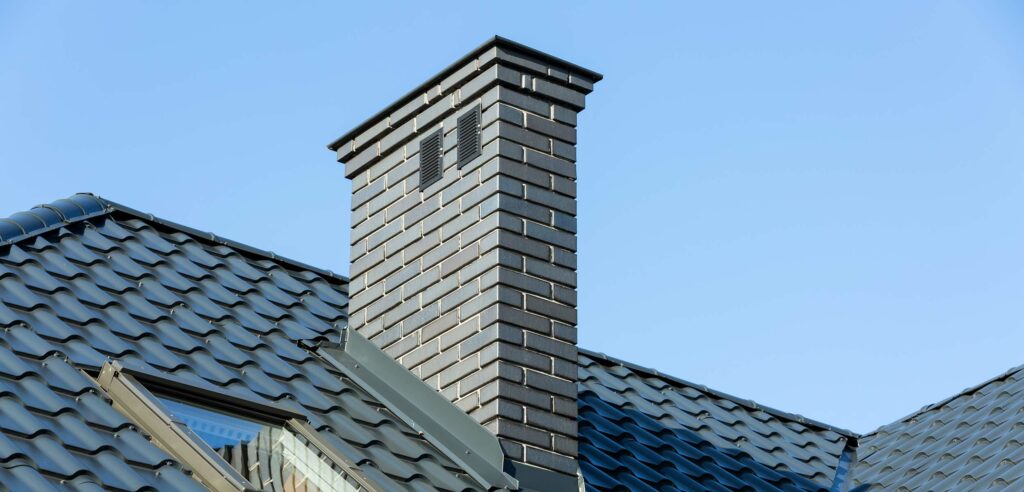
8. Close Your Chimney Damper (Flue)
If you have a fireplace that isn’t in use, ensure the chimney damper is closed. If the damper is open, it will allow warm air to escape and force your furnace to work harder for no reason.
The damper will also allow cold air to enter your home on windy days and during snowstorms. An open damper, or flue, can also create unwanted drafts in your home.
Do not keep the damper closed if you intend to use your fireplace. The damper is in place to allow carbon monoxide and smoke to exit your house while a fire is burning. Some older fireplaces do not have dampers because a fireplace was once a home’s main heat source in the winter.
Check to see if your fireplace has a damper, and be sure to close it when the weather turns. It’s an adjustable opening usually located in your chimney directly above your fireplace.

9. Use Rugs On Your Hard Floors
Rugs may not add heat to your home, but they certainly add a “cozy” factor to any area. They also act as wonderful insulators on hard-surface flooring. Parts of your home may be losing heat through the floors. Throw a rug down and notice the difference.
The first place we often feel the chill of winter is on our feet. While slippers and house shoes are great, sometimes it’s nice not to battle with a frozen floor. Just make sure your rugs aren’t covering any heat registers!
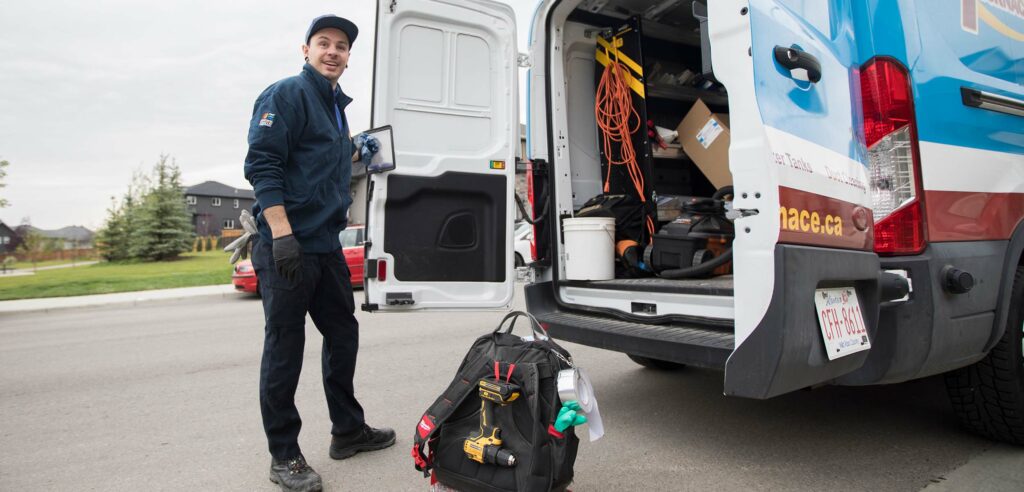
10. Book a Tune-Up With Your Local HVAC Experts
Your furnace is the first line of defence against a true Alberta cold snap. Any extra efforts to keep your house warm will be futile if your heating system isn’t working efficiently. Plus, the last thing you need is the stress of a breakdown on a frigid January night.
Action Furnace’s Comfort Club Membership ensures your furnace is healthy and happy with a free annual furnace tune-up and duct cleaning. Professional furnace maintenance leads to improved heating efficiency, energy savings, and peace of mind knowing your home is prepared for the coldest months.
